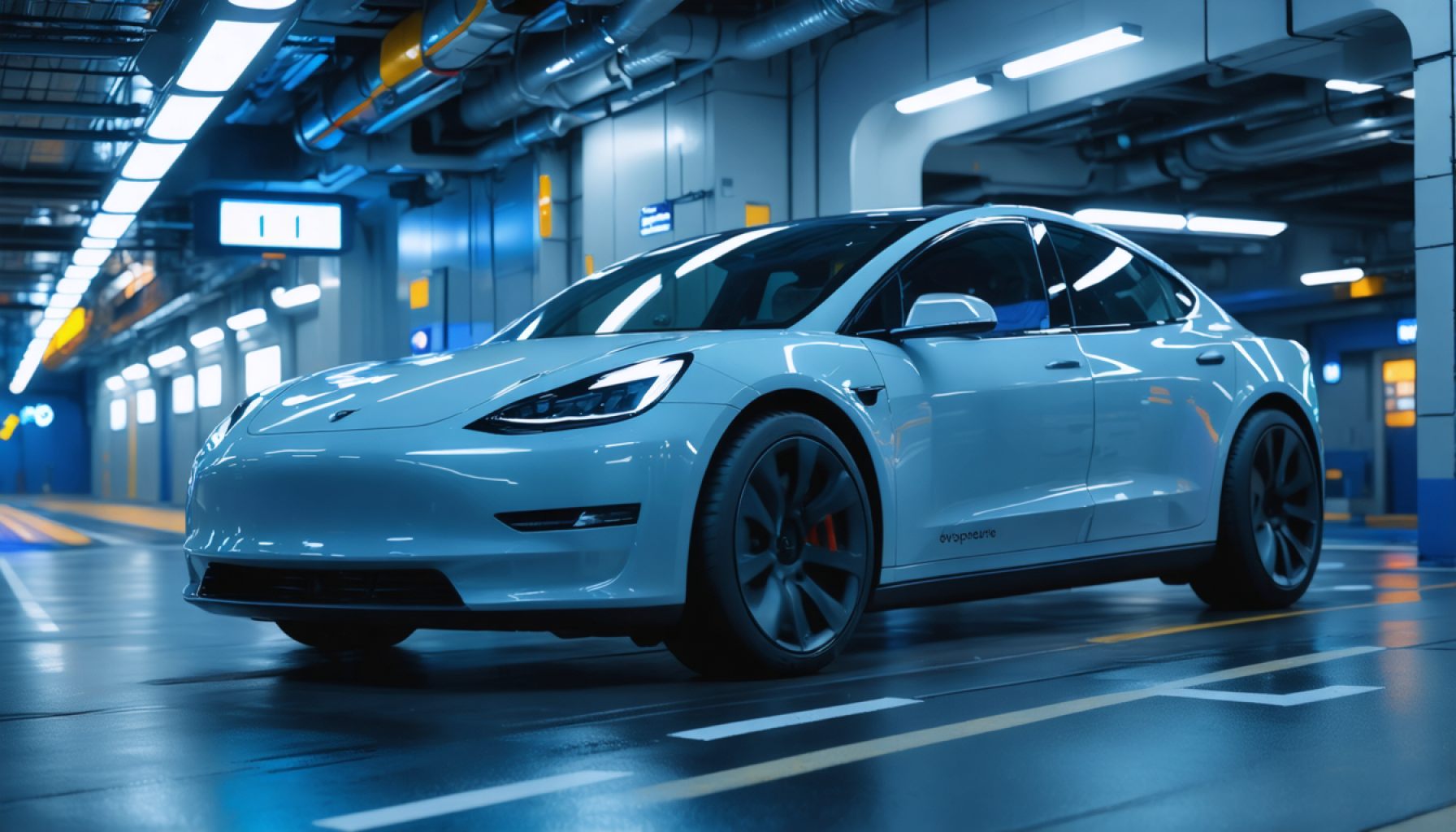- Level 3 autonomous driving is progressing towards mainstream adoption, allowing drivers to disengage in specific scenarios.
- Advanced LiDAR and radar sensors, along with AI-powered algorithms and high-definition mapping, enable precise navigation and safety.
- Brands like Mercedes-Benz, Audi, and Stellantis are leading with models equipped for Level 3 autonomy, set for release by spring 2025.
- Consumer trust remains a challenge, with manufacturers hosting test drives to promote confidence in autonomous technology.
- Predictions indicate 20% of new premium European vehicles may feature this technology by 2025, setting the stage for a major industry shift.
- As conditions for autonomous vehicles evolve, the psychological shift required from drivers towards becoming passengers remains a significant factor.
The hum of engines is coupled with the buzz of excitement, as Level 3 autonomous driving transforms from a futuristic dream to an emerging reality. Picture the open road: hands relax off the wheel, eyes wander from the asphalt ahead, and the thrill of an untethered drive is interrupted only by the promise of newfound freedom—unless control needs to be swiftly reclaimed.
This breakthrough technology distinguishes itself by allowing drivers to disengage during specific scenarios, unlike its predecessor, Level 2, which demands vigilant supervision. It opens avenues on mundane commutes where catching up on emails or indulging in a video is temporarily feasible yet ever vulnerable to the beckoning call of the machine for human intervention.
Intriguingly, these systems don’t function in isolation. Advanced LiDAR and radar sensors sketch detailed maps of their surroundings, while AI-powered algorithms digest this data instantaneously. High-definition mapping offers precise geographic bearings. In parallel, multiple redundancy systems silently ensure safety, epitomizing innovation that inches closer each day.
Spring 2025 heralds not just warmer days but warmer welcomes for models embracing this future. Brands at the forefront include Mercedes-Benz with their Drive Pilot mastering highways up to 95 km/h, Audi’s A8L equipped with Traffic Jam Pilot, and Stellantis boasting their STLA AutoDrive maneuvering congested lanes effortlessly. These technological marvels, now cleared by regulators, prompt an industry poised at the precipice of revolution.
However, this innovation’s dawn comes shadowed with skepticism. Consumer trust, an intangible currency, wavers as public hesitancy grips the collective imagination. Manufacturers are combating this with a string of test drive events aimed at converting doubt to trust through first-hand experiences.
Projections suggest a remarkable 20% of new premium vehicles in Europe will harness this autonomy by the end of 2025. As electric vehicle advancements run parallel, these conditions are ripe for a paradigm shift. As spring weather becomes unpredictable, Level 3 technology’s promise to navigate complex traffic more safely is an enticing prospect.
Ultimately, the question of readiness transcends technical capability. As the road unfurls ahead, will our collective psyche embrace letting go? This season hints at a turning point, as drivers may become passengers, tentatively redefining their role in the journey to autonomy. Are you ready to let your car take the wheel?
Are You Ready to Enter the Age of Level 3 Autonomous Cars?
Exploring Level 3 Autonomous Driving
Level 3 autonomous driving technology represents a significant leap forward in automotive innovation. Unlike previous levels, Level 3 allows the vehicle to fully control key driving tasks under specific conditions without ongoing driver supervision. Drivers can divert their attention away from the road but should remain prepared to take control when the system requests intervention.
Key Features of Level 3 Autonomous Cars
1. Advanced Sensors and AI: Level 3 vehicles are equipped with LiDAR and radar sensors that provide a 360-degree view of surroundings. These are coupled with AI algorithms that process this data to make real-time driving decisions.
2. Redundancy Systems: Multiple backup systems are integrated to ensure safety, even if one component fails. This is crucial for delivering reliable autonomous performance.
3. High-Definition Mapping: Vehicles utilize precise maps that offer detailed geographic data, helping navigate complex environments.
Real-World Use Cases and Benefits
– Mundane Commutes: Drivers can use travel time to catch up on emails or watch videos, providing a more productive commute.
– Traffic Jam Management: Systems like Audi’s Traffic Jam Pilot excel in handling slow-moving traffic, reducing driver fatigue.
– Safety Enhancements: With sensors continuously monitoring the environment, these cars may react faster than human drivers to avoid accidents.
Current Market Leaders and Models
– Mercedes-Benz Drive Pilot: Expected to enable safe highway driving at speeds up to 95 km/h by Spring 2025.
– Audi A8L with Traffic Jam Pilot: Designed for navigating congestion efficiently.
– Stellantis STLA AutoDrive: Integrates seamlessly with congested city driving environments.
Limitations and Controversies
Consumer acceptance is a critical barrier to widespread adoption. Many individuals remain skeptical due to concerns over system reliability and the potential loss of control. Manufacturers are responding with extensive test drive events to build trust.
Industry Trends and Future Projections
It’s forecasted that 20% of new premium vehicles in Europe will include Level 3 automation by the end of 2025. As electric vehicle technology progresses, the stage is set for significant shifts in how we perceive driving.
Pros and Cons Overview
Pros:
– Improved convenience and productivity during drives.
– Reduced driver stress and fatigue.
– Potentially enhanced safety features.
Cons:
– Significant public skepticism remains.
– High cost of vehicle purchase and insurance.
– Ethical and legal concerns over accident liability.
Actionable Recommendations and Quick Tips
For potential buyers or enthusiasts interested in Level 3 autonomy:
– Stay Informed: Participate in manufacturer-led test drives to experience technology firsthand.
– Assess Insurance Options: Look into how insurance companies are covering autonomous features.
– Monitor Industry Developments: Follow advancements and regulatory announcements via credible sources like Autonomous Vehicle Technology.
Conclusion
Level 3 autonomous driving technology has the potential to redefine our relationship with vehicles. While technological advancements continue at a rapid pace, the psychological and cultural readiness of the consumer base remains a pivotal challenge. The question remains: Are you ready to let your car take control, or will you remain behind the wheel in the driver’s seat of future mobility?
